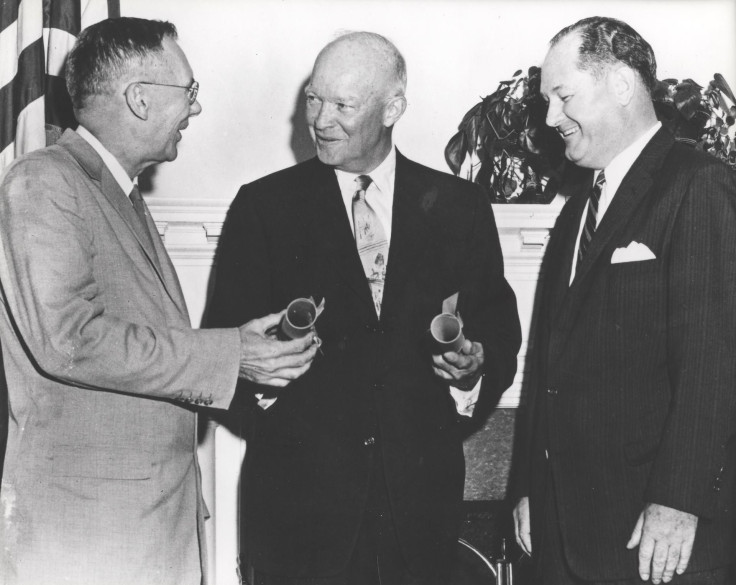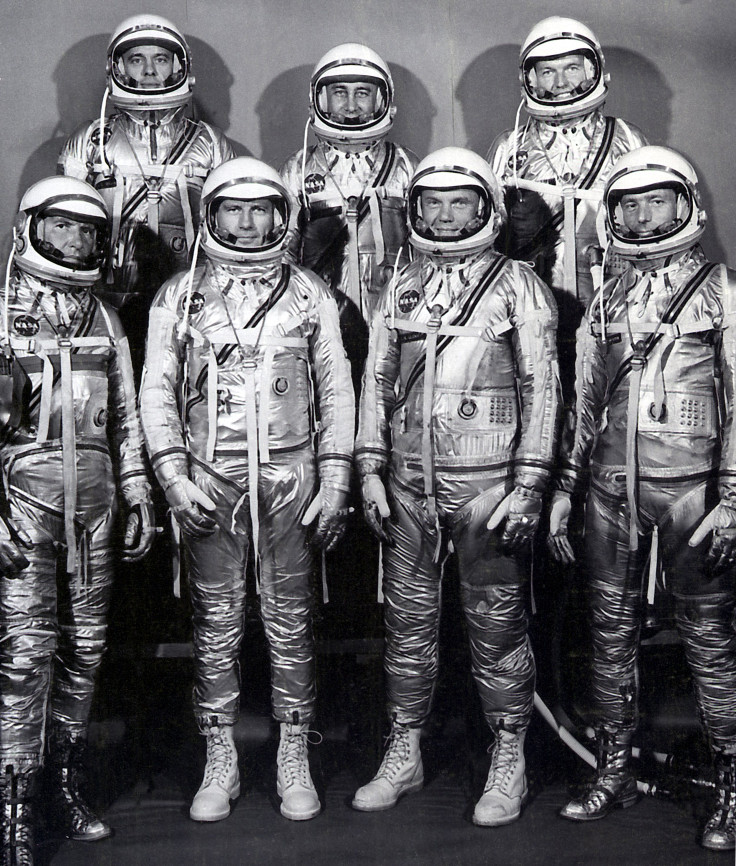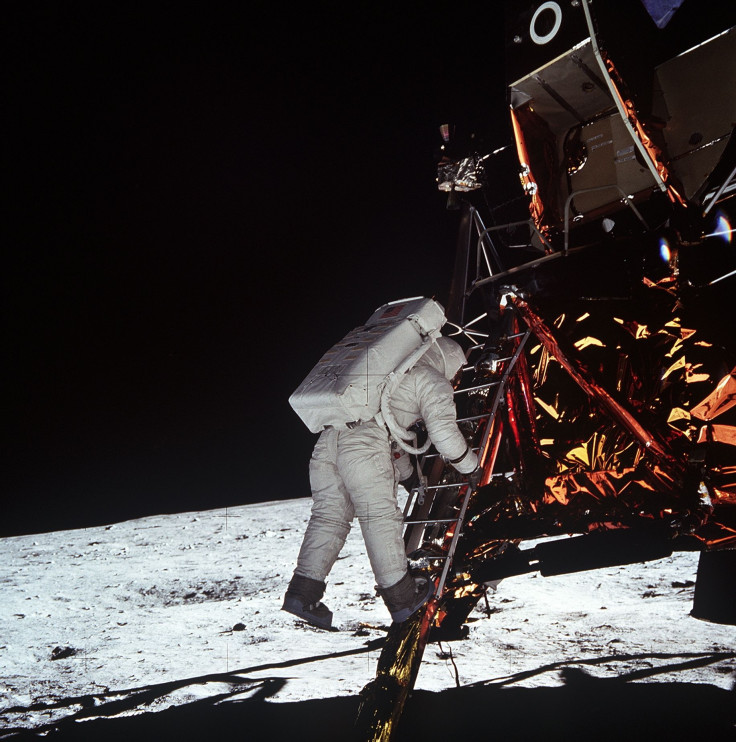Happy Birthday NASA! Space Agency Turns 59 Years Old

Saturday marks a special anniversary for NASA, it’s the space agency’s 59th birthday. The agency was established amid Cold War tensions and was spurred by the launch of the Russian satellite Sputnik in 1957. By July 29 of the following year, the National Aeronautics and Space Act was signed into law by President Eisenhower. The agency did not become operational until October of the same year.
The first acting administrator of NASA was T. Keith Glennan and his deputy was Hugh Dryden, the two were appointed by President Eisenhower himself to consolidate the various labs NASA had acquired and get the agency up and running. NASA inherited a slew of research laboratories all across the country that needed to be turned into NASA research labs.
Read: How High Is The International Space Station, How Far From Earth?
On October 11, just 11 days after the agency became operational, it launched its first craft, the Pioneer I. It was designed to reach the moon but never did, it did however successfully transmit 43 hours of data back to Earth.

NASA announced its first astronaut class on April 9, 1959, launching the seven chosen men into immediate stardom. They were all plucked from either the Marines, Navy or Air Force and the class featured names that are now forever incorporated with NASA history like John Glenn and Gus Grissom.

Less than a year after the agency was created it launched two monkeys into space and successfully recovered them. They were launched in the nosecone of a rocket that conducted suborbital travel.

On May 25 of 1961 President John F. Kennedy made his speech to Congress in which he asked NASA to put a man on the moon by the end of the decade. He acknowledged how difficult the task would be but urged NASA to reach for the moon anyway.
Kennedy was assassinated before the historic moon landing in 1969 but he was alive to see astronaut John Glenn become the first American astronaut to orbit the Earth in 1962. Glenn made three orbits around the Earth in the Friendship 7 Mercury.

By 1969, the first American astronauts landed on the moon and planted a flag. The first of many mission that would land on the moon to study its surface.

Read: 13 Amazing Images From The First Moon Landing
NASA has had decades of successful launches of manned and unmanned crafts to space. Including many to the International Space Station where astronauts have lived continuously since 2000 when the first three crew members arrived on board.
Just one day before its 59th birthday NASA sent up three more astronauts to the station where they will stay until December. And the agency has more experiments in the works and crafts out in space than ever before.
© Copyright IBTimes 2024. All rights reserved.











